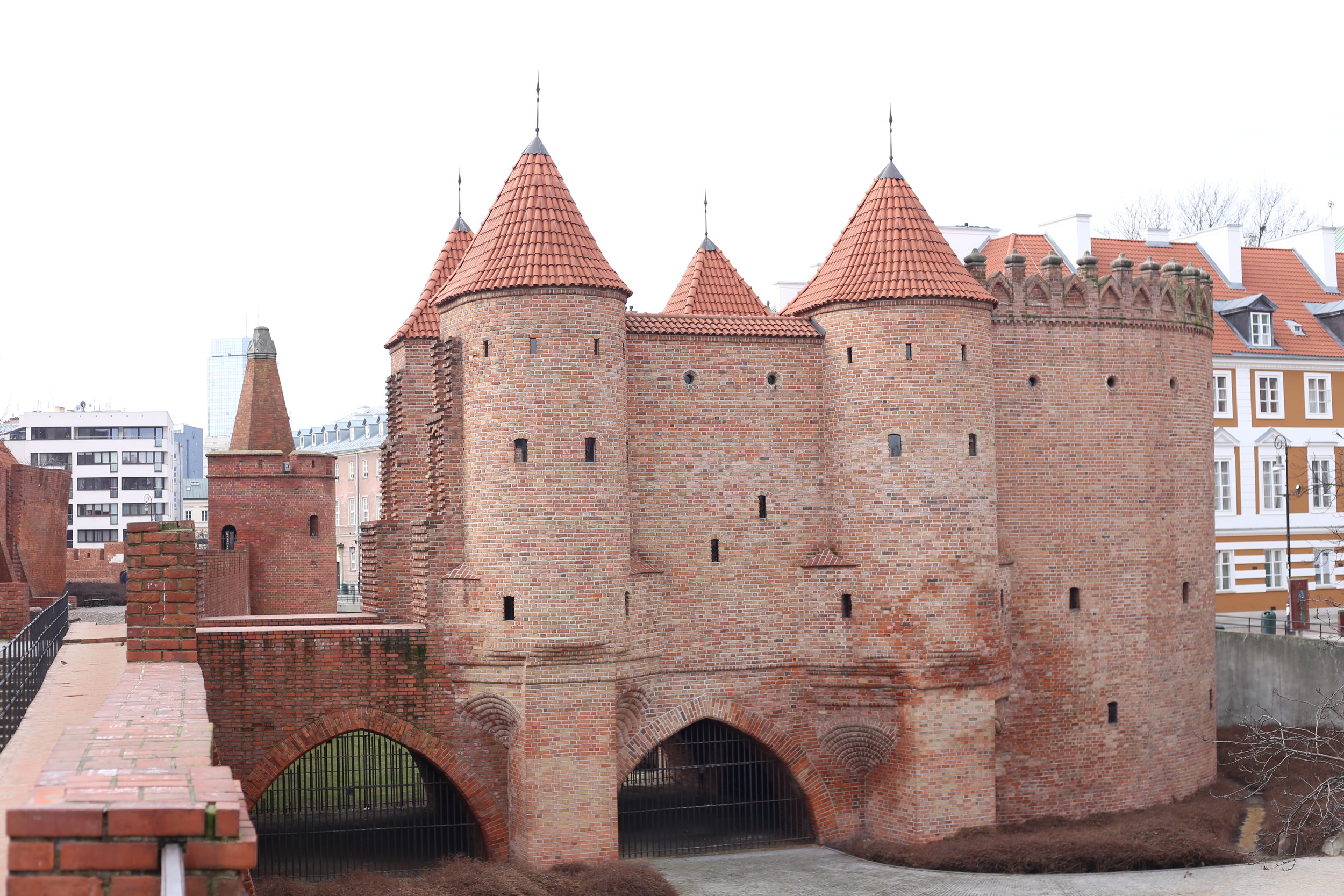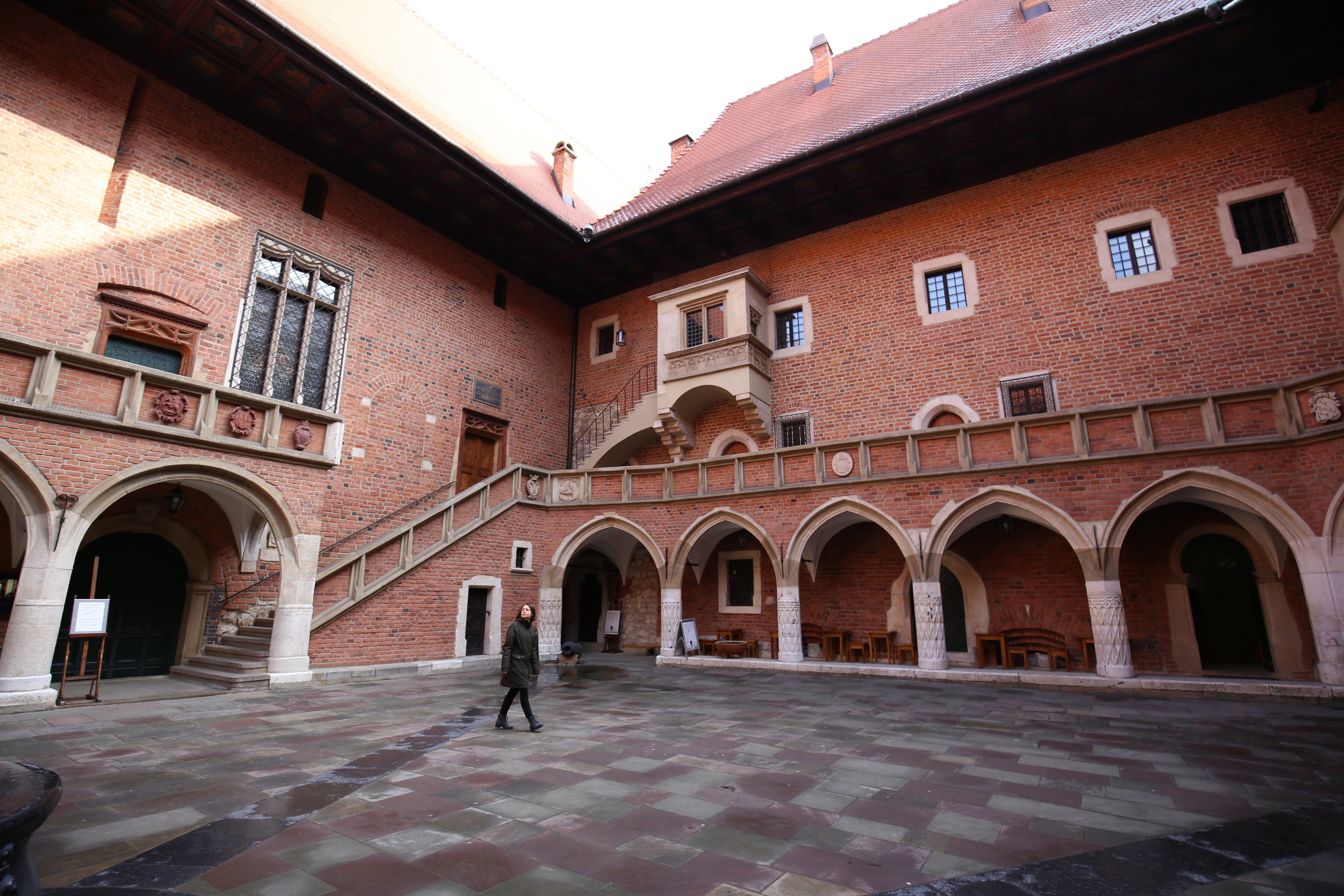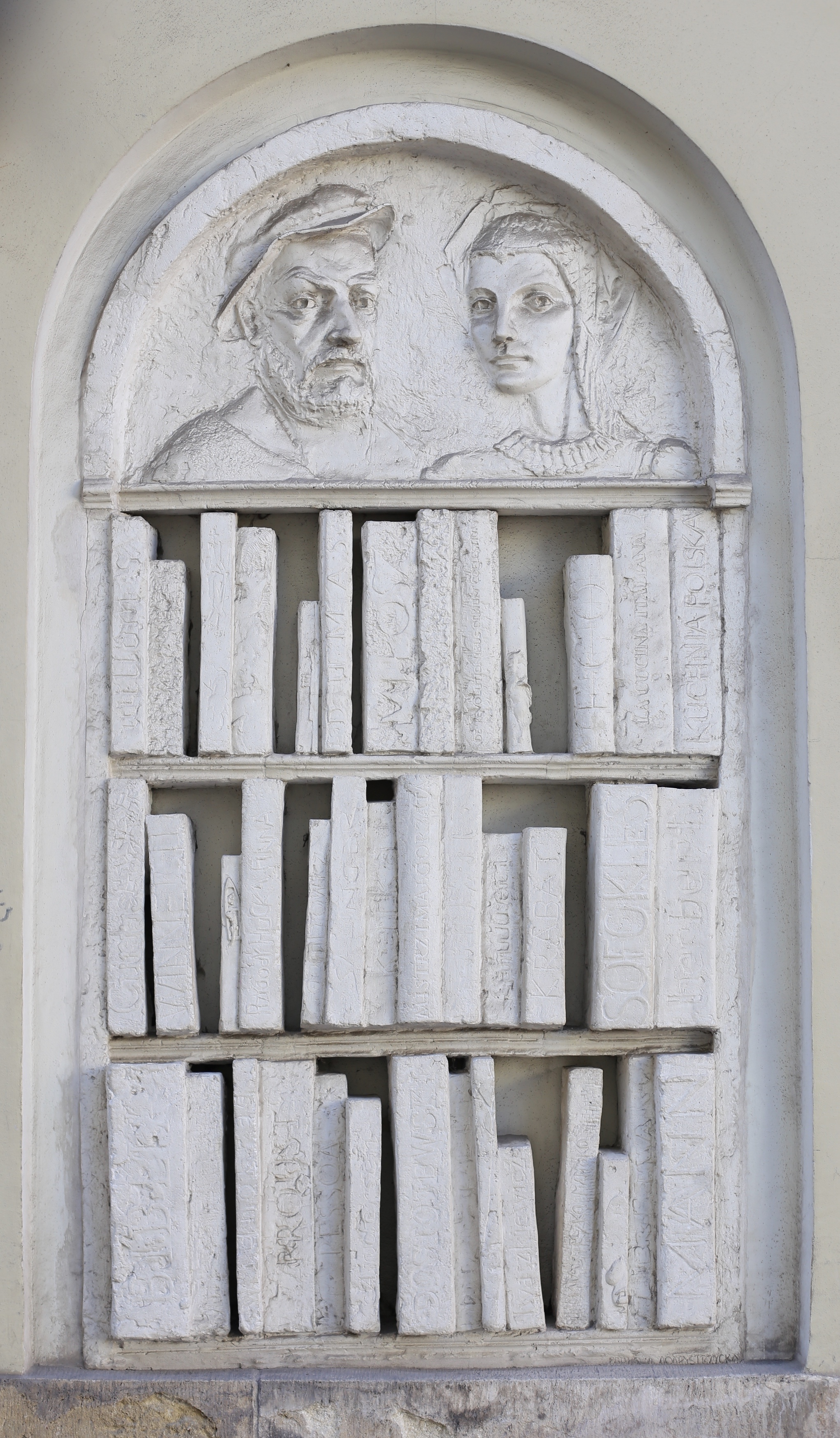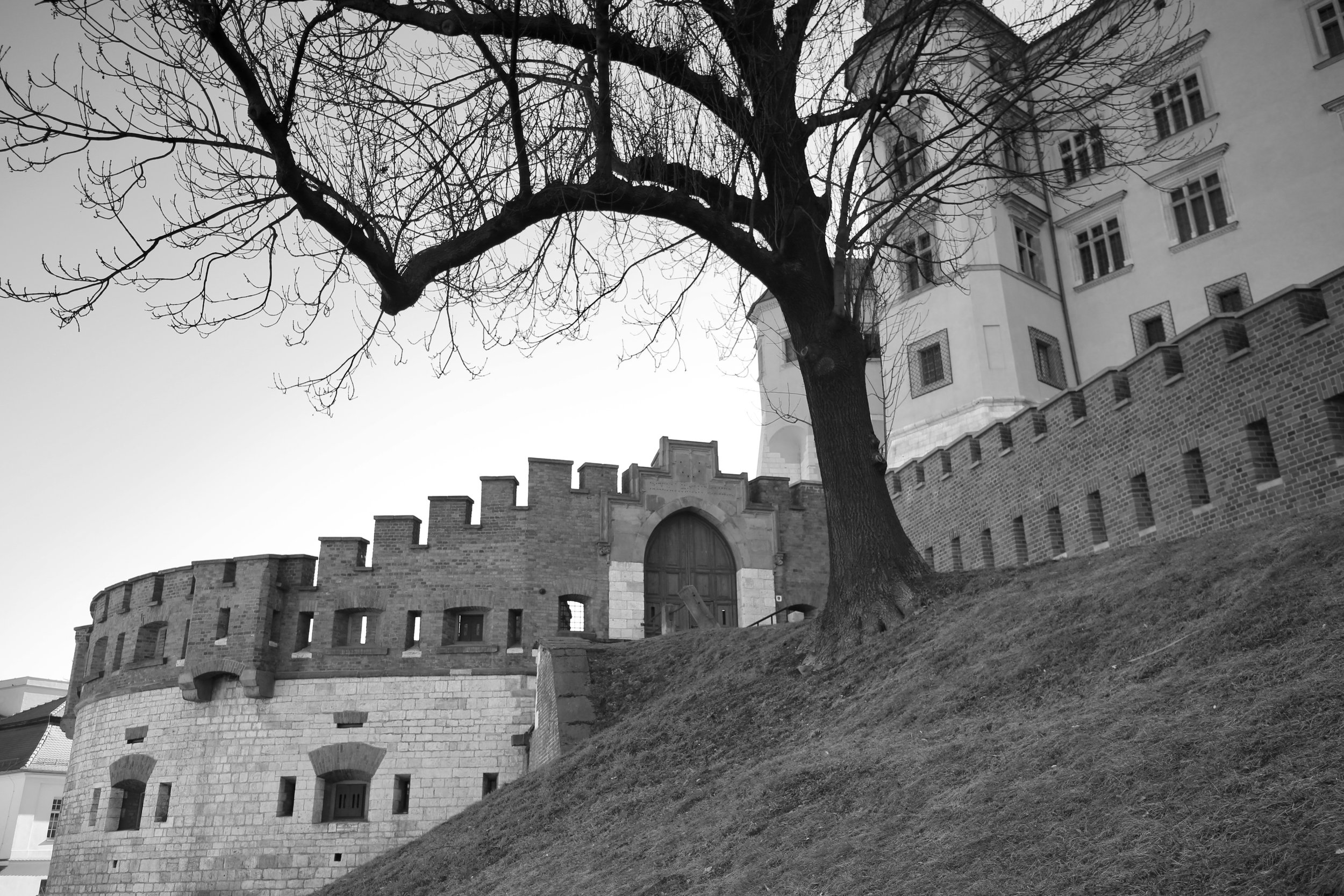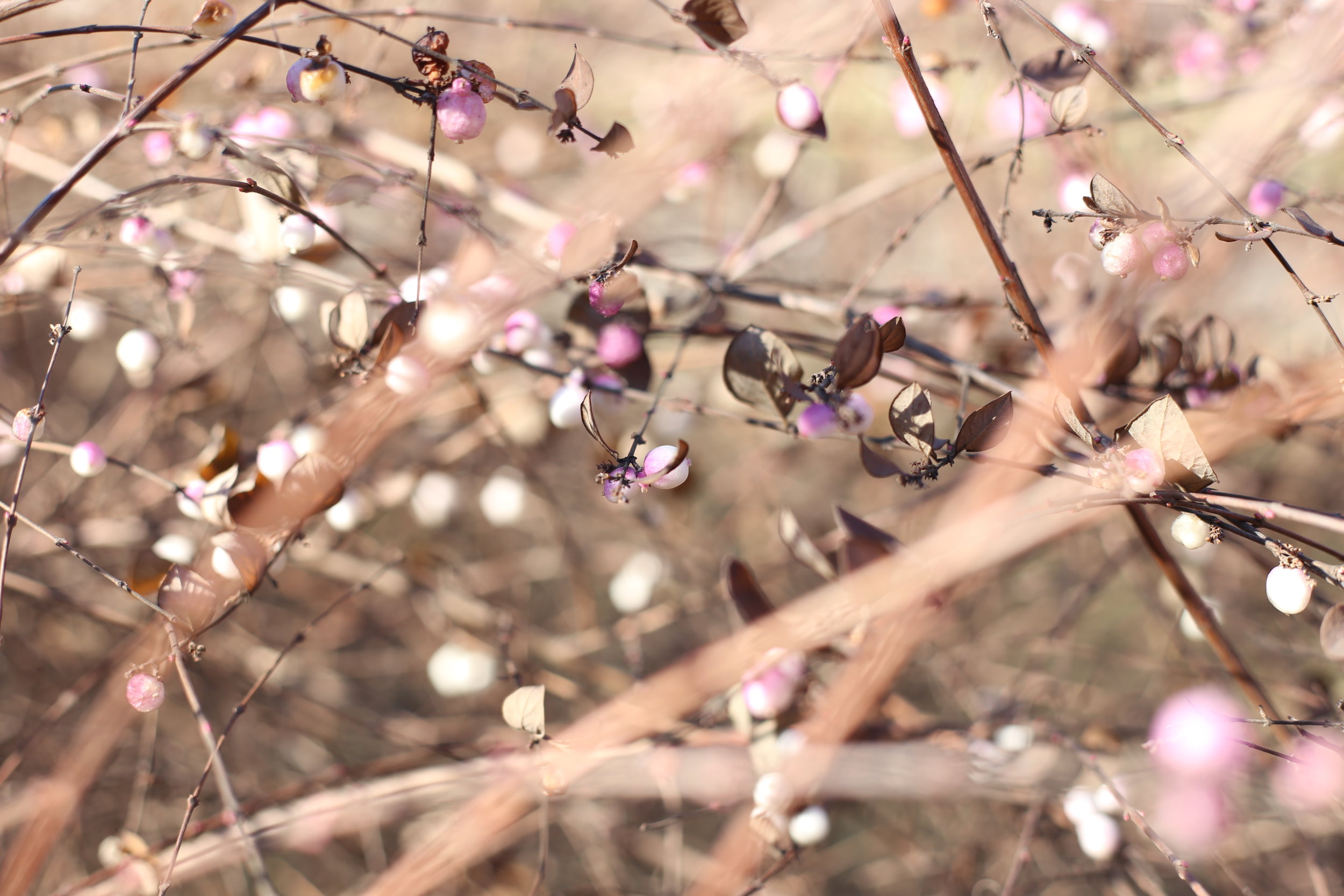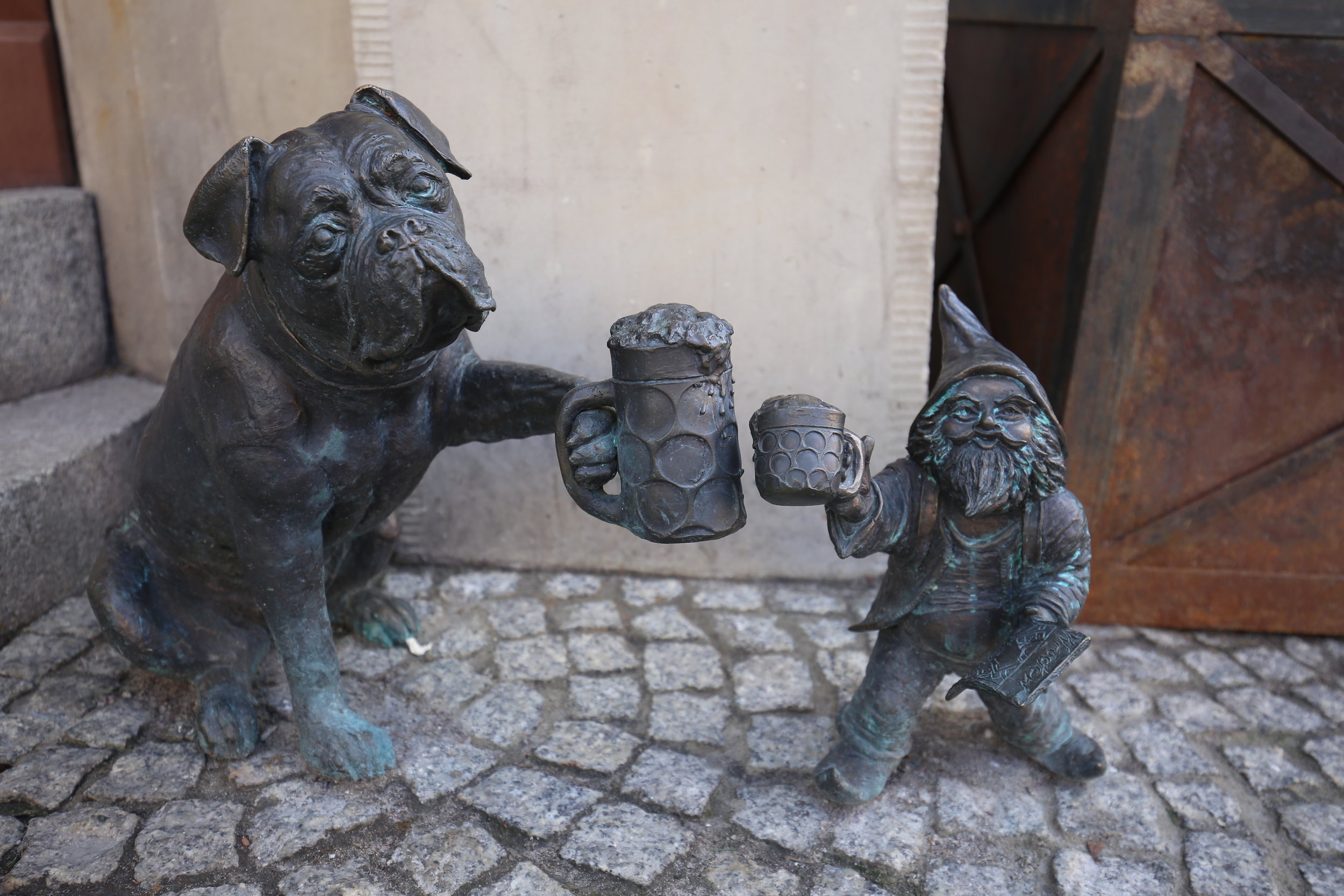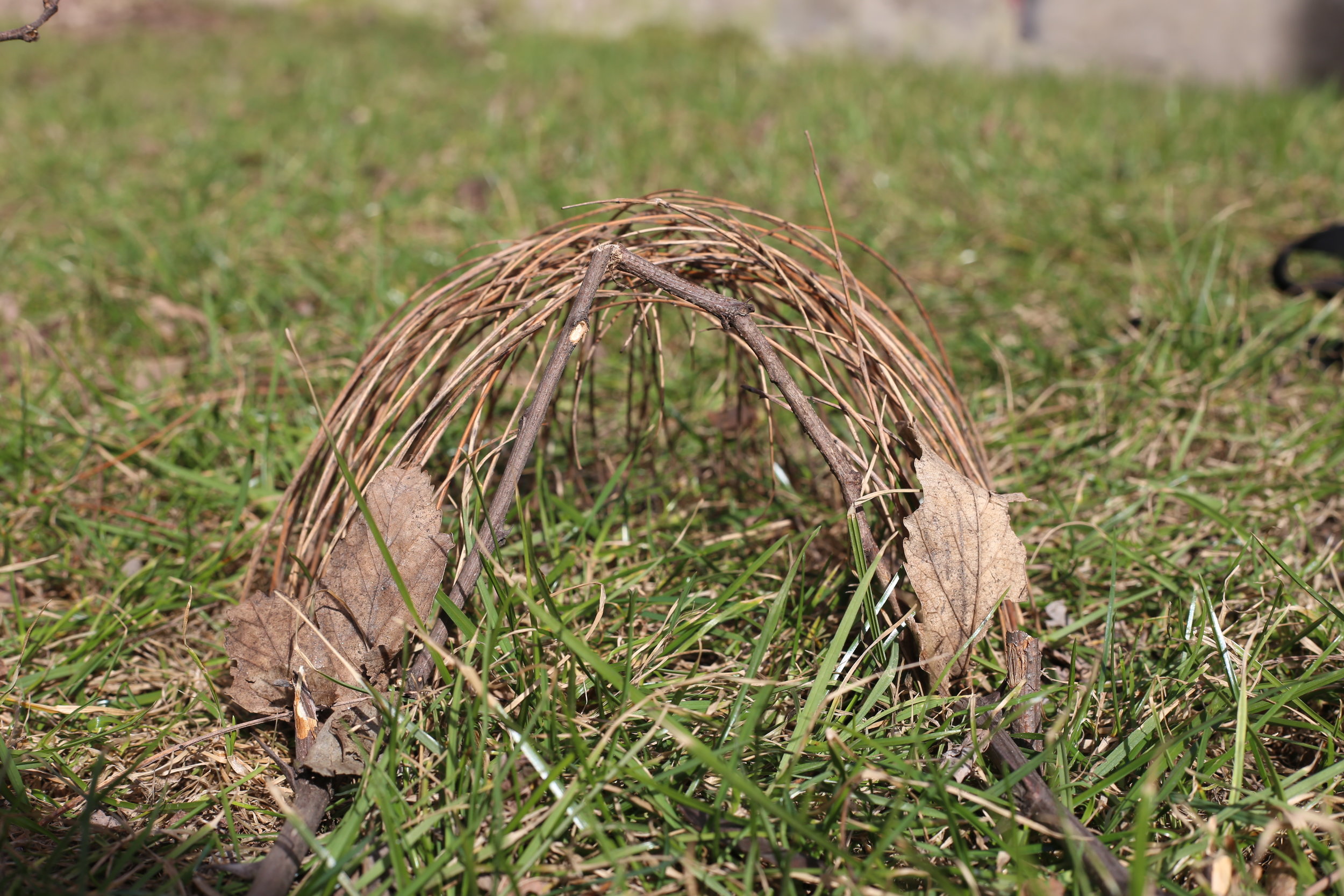KRAKOW
WROCLAW
& WARSAW
SEEING THE MAGIC
Life Gazing has always been my method of seeing magic.
Whether we are talking of ancient legend, medieval folktales, or our own modern, collectively-held beliefs, the way we talk about our world depends on the way we see it. Because, in the end, the stories we tell are all ways of SEEING this world - they are a lens onto life, a kind of post-processing of our sensory experiences. We use stories to explain the different phenomena we come across in life.
But what about science? Well, science is a method of understanding and explaining natural and historical phenomena, just as much as folktales are, and there is a lot of crossover between the two! The words are a bit different, but really, what they have in common is:
The Observer!
To observe, and analyse (pick apart), and theorise (make connections), all requires a person to watch something more closely, in order to see what may be under the surface appearance, or beyond the scope of a quick glance.
The observer is the explorer of every situation, place and object he comes across.
The stories he tells are the results of his findings
Ancient Legend
The Legend of Krakow's Wawel Dragon
Smok was a nuisance of a dragon. He wasn't one of those penny-pinching, agoraphobic kind of dragons. No. He was the kind that liked to take to the skies, wreaking havoc on the nearby towns and capturing maidens in the process. Smok ate, and he ate a lot. He especially liked sheep, cattle and fair young women.
His lair was built into the banks of Wawel Hill, beside the flowing Vistula river, in the city of Krakow.
The city folk grew weary of Smok and his antics. Moreover, the good King Krak began to get a little worried for the safety of his own daughter, fair young maid that she was. Deciding to deal with the issue, he set a task: to any man who could slay the dragon, he would give his daughter's hand in marriage. Of course, many brave men died trying.
That is, until Skuba accepted the challenge. Skuba was a young cobbler's apprentice, and quite clever, too. He had a plan. He set up a trap for the dragon, by filling a dead sheep with sulfur and placing it near the dreaded lair. The dragon, being used to such gifts, ate the poisoned sheep, but then began to feel ill. His belly felt full of fire! He ran to the river, and drank and drank and drank, but couldn't get enough water... he drank until he exploded! Then the people of Krakow rejoiced, for they were finally free of his terror, and Skuba married the princess, and the city went on to flourish and grow.
The Myth of Warsaw's Mermaid
Once upon a time there was a sea mermaid who got lost and swam up the Wisła (Vistula) River. After a long journey she decided to take a rest on the riverbank and it happened to be the area where the modern-day Warsaw is located. She looked around, fell in love with the surroundings and decided to stay.
Then, some of the local fishermen began to notice that something unusual was disturbing the river’s calm waters, and releasing fish from their nets. They decided to catch the culprit.
They lay in wait, and in the early hours they heard, to their surprise, a woman's voice - singing as she released the fish from their nets. Her legs were covered in scales. Shocked, and more than a little entranced, they decided to let the mermaid swim freely. From that day on they often gathered on the riverbank after a hard day of work, listening together to the mermaid’s soothing songs.
One day a rich traveling merchant found out about the mysterious creature and crept up to the riverside in the evening. After listening to the mermaid, his greedy heart and soul desired to own her. The merchant’s mercenaries put up a trap and captured the mermaid, then locked her in a nearby hut.
The mermaid started singing, a song so haunting and sad it touched the heart of a passing fisherman's son. Longing to help the maiden who sang so sweetly, he broke into the hut, and upon finding the mermaid there, he set her free.
“I will never forget your deed” said the mermaid. “I can’t be coming to sing for you any longer, but whenever your people would meet overwhelming troubles, I will be ready with my shield and sword to protect you, just like you protected my freedom."
&
MODERN MYTH
(my own magical findings)
Come closer, dear one, and I shall tell you tales of the fantastical things I found in the land of the Poles...
The Wawel Chakra
In a beautiful city, called Krakow, where the ancient walls still stand to this very day, there sits a castle: a seat of noble heritage upon which rests the remnants of elder days when art and architecture reached great peaks of beauty and finery.
In the very walls of this castle there rests a treasure: an orb of energy belonging to the Earth herself. This type of energy is known by many names, but most commonly it is called a 'chakra.' The chakra lies in the corner of the courtyard, under St Gereon's Chapel. It is said that those who are gifted and perceptive may go there and feel this energy pulse in the very air around them, enlivening their own spirits. Many people have traveled there from near and far to see the place. But, beware, young one, because any who dare try to meditate therein may face the wrath of the guards, who do not like such things. They have tried to cover this corner many times with papers, or other obstacles, and even trash receptacles.
And I, your story teller, traveled to this very place, to feel for myself the incredible Wawel Chakra... and low... it was grand beyond my reckoning!
Besides this chakra, there were a great many other things that gave me cause to stop, and stare!
- A celestial ceiling, in the old quarters of Jagiellonian University, where the great Copernicus studied before he went on to become a renowned astronomer.
- A huge mound of earth, raised up in a circular fashion, as to one half of a globe, dating back to before the time of records.
- Several animals in a courtyard in Wrocław, which had mysteriously turned to bronze!
- A small shop, almost hidden in a wall, selling donuts, glazed and filled with rose-jelly... these delicacies we did eat many times.
- So many horse drawn carriages, each of which hearkened back to another time, in its splendid decorations.
- Food beyond my wildest imaginings, all cheaper than our usual fare, and all more delicious than the greatest offerings of home! Dumplings called 'pierogi,' and savory breads with many toppings called 'zapiekanka,' and a blood red soup of beets called 'barszcz.' In the very streets, there were the most fabulous stalls selling 'obwarzanek' pretzels, and in the friendly milk bars one could order a drink of vodka or beer to wash down their potato pancakes.
- Beautiful paintings adorning the walls of old buildings.
- Large cars called trams that rattled and rocked through all the streets.
- The most various collection of doors: carven wooden doors, stone doors, great iron doors with huge keyholes, tiny doors, glass doors, doors with intricate detailing and doors of plain wood...
ONE MORE, JUST FOR FUN!
Here is a fairly modern tale of mischief, magic, and over 350 little dwarves...
In the 1980's, when Poland was still under the mighty and oppressive grip of the USSR, there began to appear a group of mysterious gnomes, or dwarves. They would show up in paintings, (conveniently painted over the propaganda on the streets), and they appeared in person too, to protest the communist regime.
This was the calling card of the underground Orange Alternative movement, and over time the dwarves became synonymous with the city of Wrocław and with the concept of freedom. Then, in 2001 when the city decided to honour this symbol by commissioning the first dwarf statue in the square where the original protests took place.
This one dwarf multiplied, the city shopkeepers caught on, and soon there were dwarves everywhere - banking dwarves, reading dwarves, drinking dwarves and even dwarves riding small lions. Today there are over 300 dwarves throughout the city center.
...
In an effort to try and help house the dwarves, whose population continues to rise, I built a little house of twigs and leaves on a grassy knoll in the park.
“Gnomes live ten times faster than humans. They’re harder to see than a high-speed mouse. That’s one reason why most humans hardly ever see them. The other is that humans are very good at not seeing things they know aren’t there. And, since sensible humans know that there are no such things as people four inches high, a gnome who doesn’t want to be seen probably won’t be seen.”

